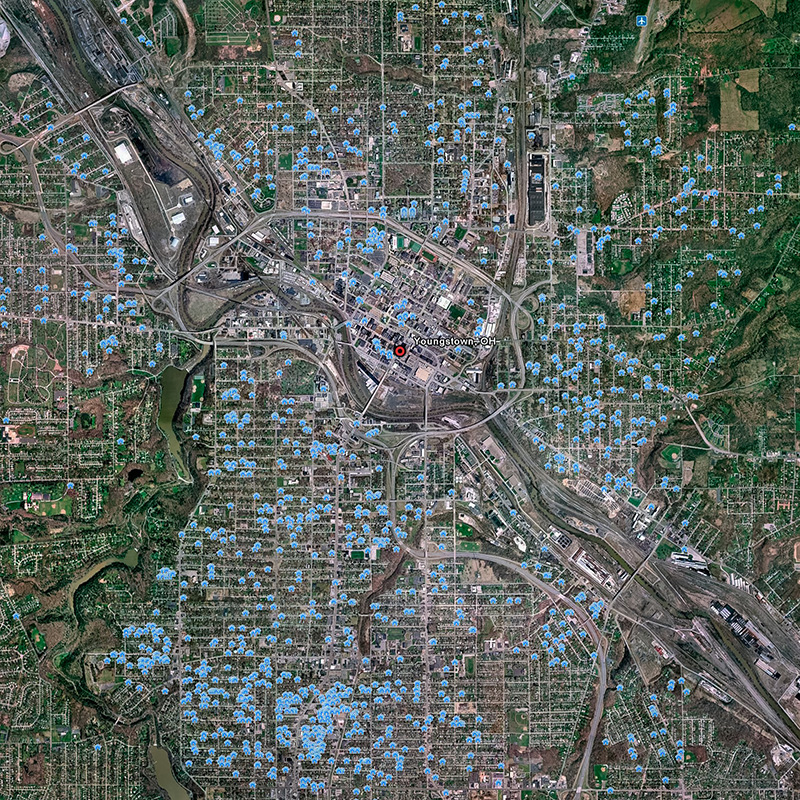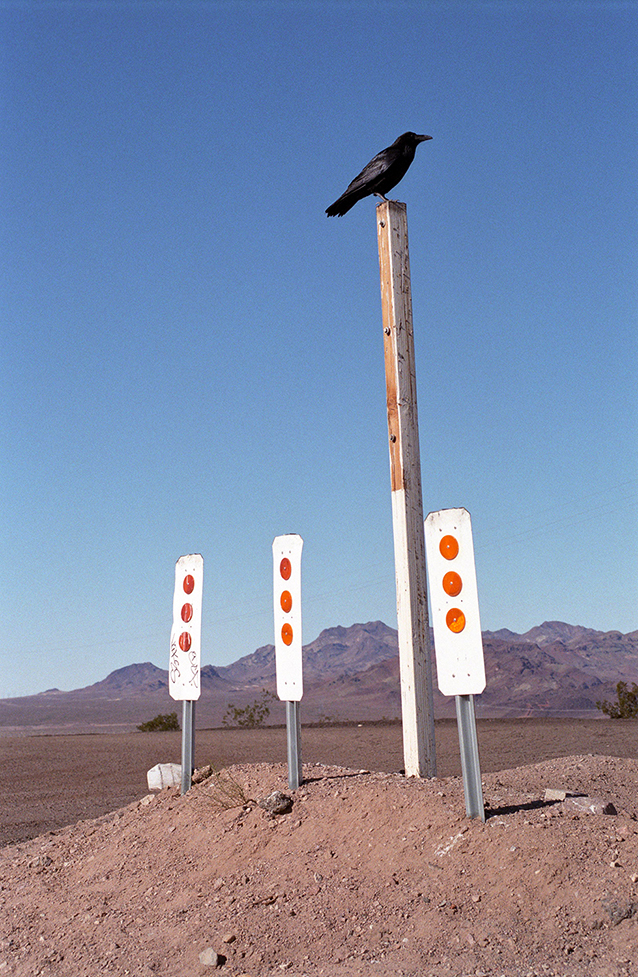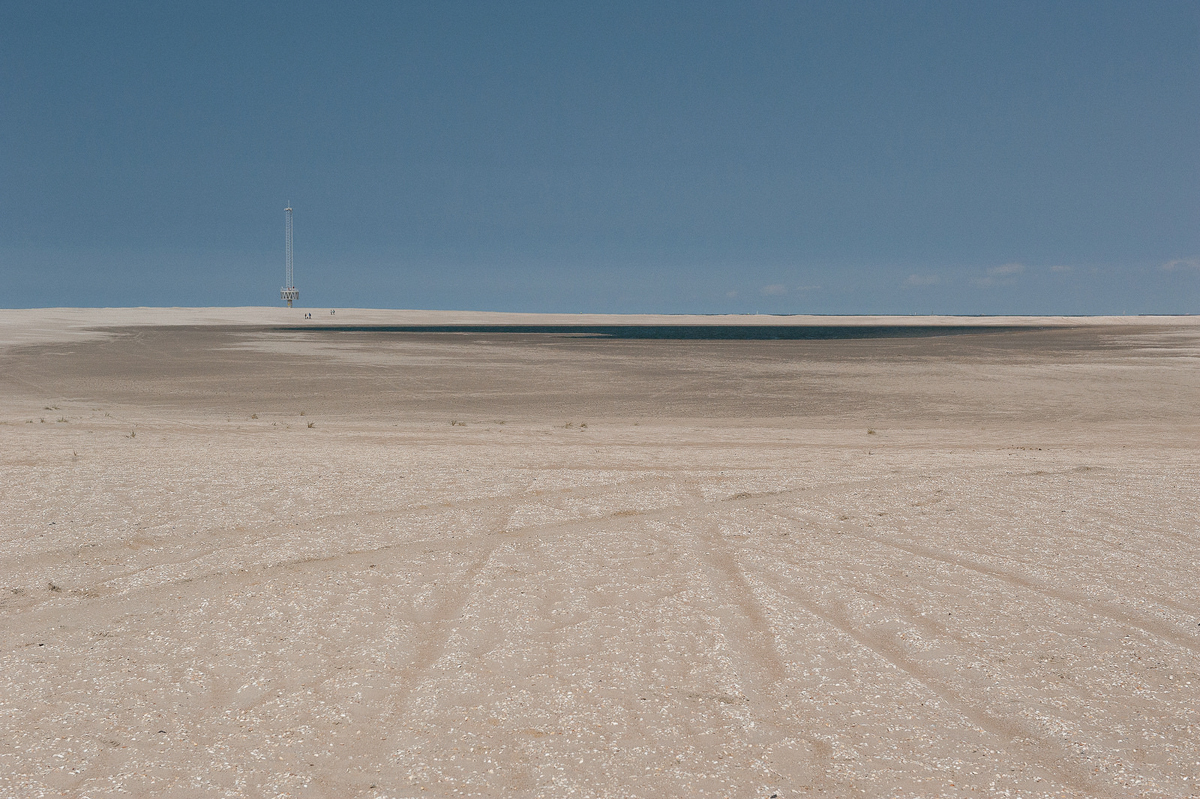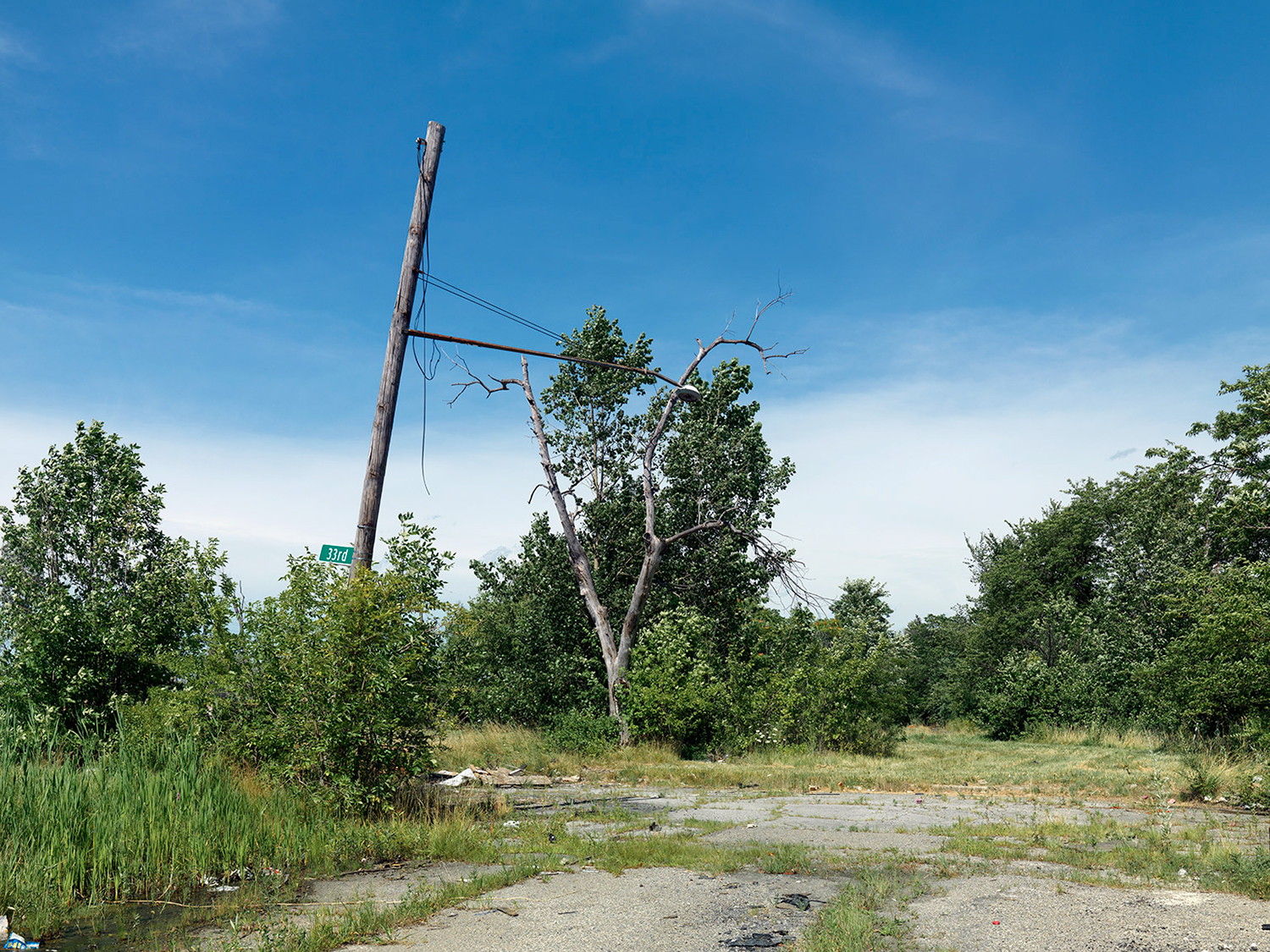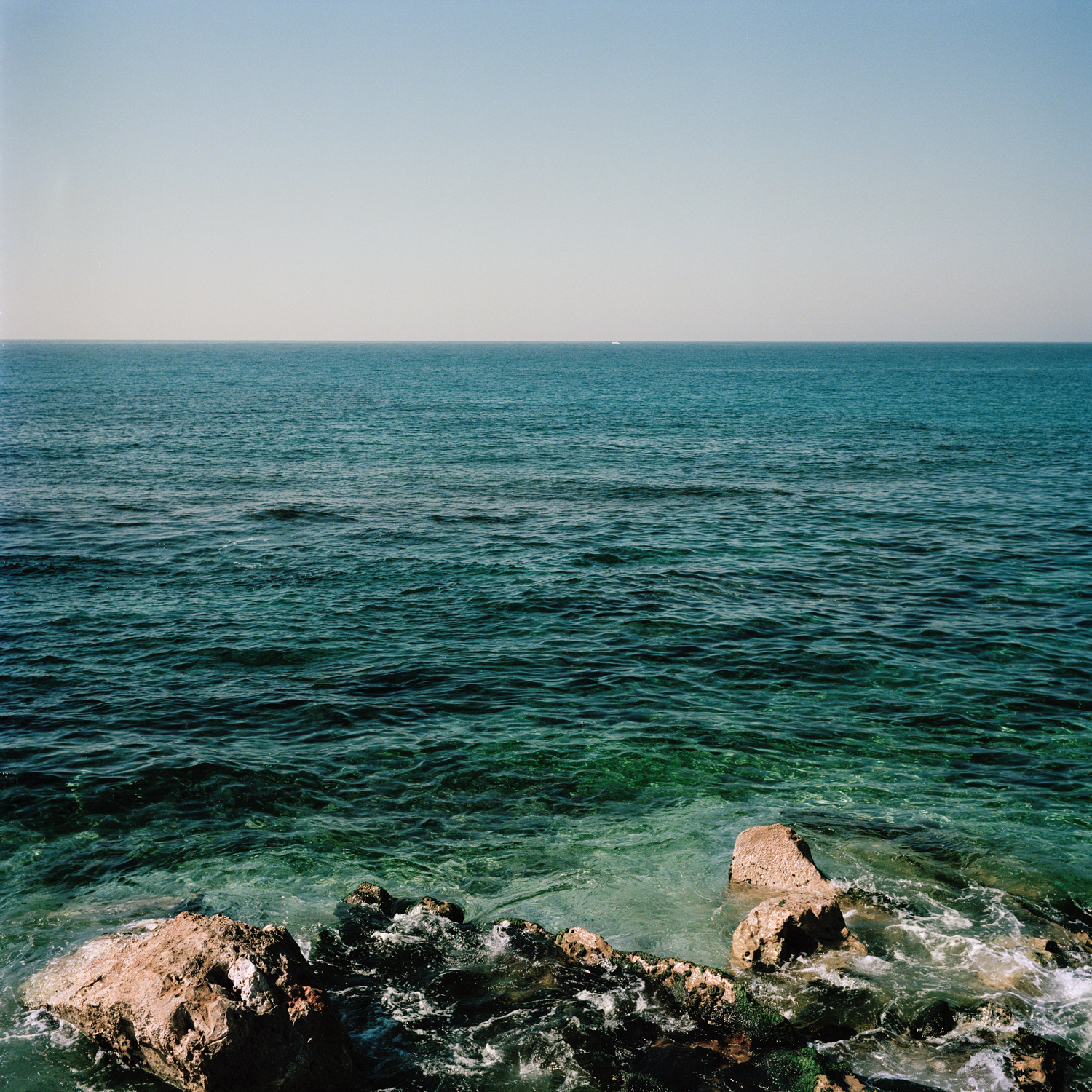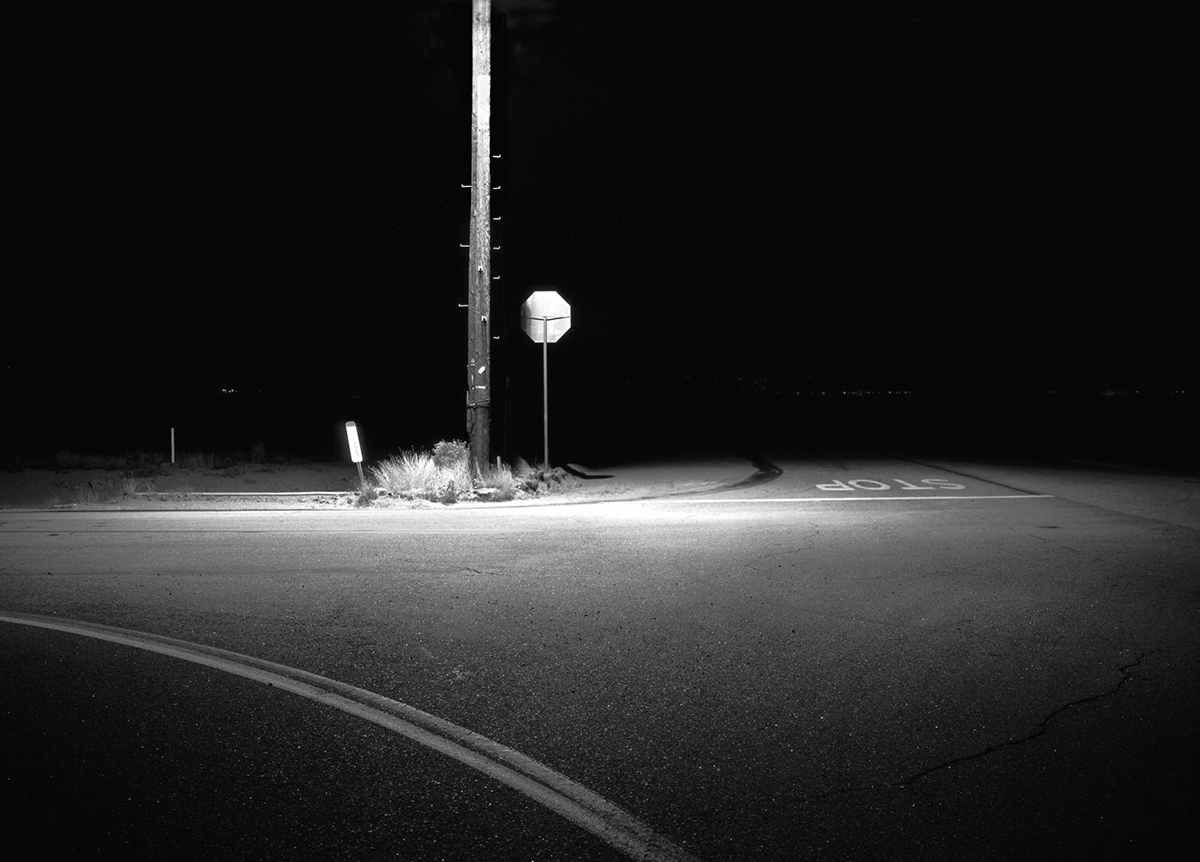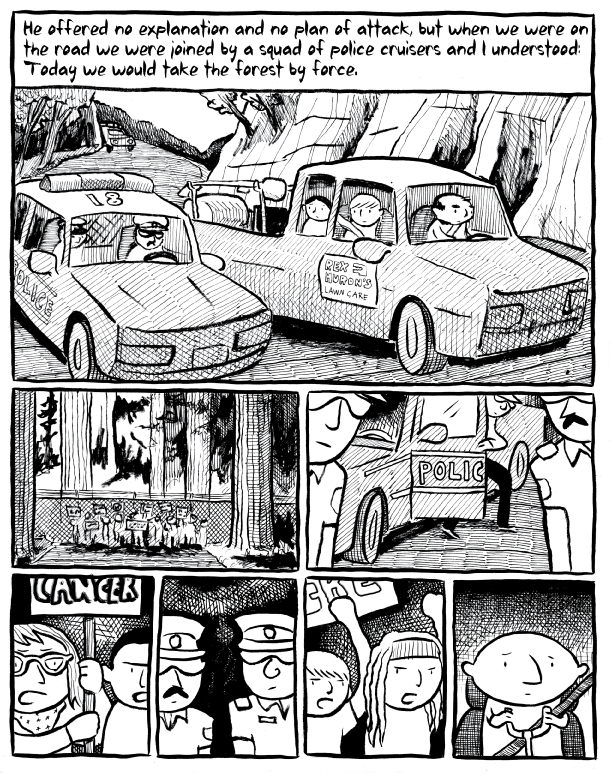Written By: Ryan Nemeth
Wayfinding encompasses all of the ways in which people and animals orient themselves in physical space and navigate from place to place (Wikipedia, 2014).
The perpetual pulse of capitalism and corresponding growth in urban environments has given rise to new challenges for human navigational strategies and our concept of space. Exploration of the subject of technological wayfaring exemplifies one more way in which the human race exhibits limited interactions with the natural world. Both the technological revolution as well as growth in urban environments, have given rise to the age of the global positioning system (GPS). As we all know, GPS systems are well on their way to being a ubiquitous standard feature in every car and on every cellphone. Because of the widespread availability of GPS, human beings are depending on these systems for navigation more than ever.
The potential implications for this dependency on GPS are vast as neuroscientists have recently uncovered that navigational activity in fact helps to develop and shape our brains. Experts informed by this research have postulated that permanent changes could occur in the human brain as we grow accustomed to navigation driven by computers and machines. Once we lose the habit of forming cognitive maps, it is quite possible that our sense of direction may become compromised (Hutchinson, 2009). These findings should raise some red flags for those of us that may be concerned about the long-term effects of computers and artificial intelligence on the brain.
Iaria and McGill University researcher Véronique Bohbot demonstrated in a widely cited 2003 study that human mapping strategies fall into two basic categories. One is a spatial strategy that involves learning the relationships between various landmarks thereby creating a cognitive map in your head. In other words, your brain produces an image of a map where destinations are referenced relative to one another on something similar to a street grid. The other is a stimulus-response approach that encodes specific routes by memorizing a series of cues. For example, a commoninternal dialogue that accompanies this approach may be, get off the bus when you see the glass skyscraper, then walk toward the big park, at the fountain take a right. For their study, Iaria and Bohbot created a virtual maze that tested both methods; they found that about half of us prefer spatial strategies, while the other half prefer stimulus-response (Hutchinson, 2009).
The idea that we carry maps in our heads is relatively new. An experimental psychologist at the University of California, Berkeley, Edward C. Tolman, coined the term “cognitive map” in a 1948 paper showing that rats in certain types of mazes were able to figure out shortcuts to a destination a clear sign that they weren’t simply learning a sequence of left and right turns. Amazingly, a series of experiments in the 1970s suggested that cognitive maps are more than metaphorical. Certain neurons in the hippocampus, called “place cells,” were observed activating only when the rat was in a specific place. Let the animal wander through a maze, and you could watch a chain of neurons fire in a spatial pattern that exactly matched its path, at a smaller scale (Hutchinson, 2009).
Donlyn Lyndon, professor of architecture at Berkeley and the editor of Places, described place as spaces that can be remembered and hold memories through formal structures and events (Tate, 2007). Generally we experience notable places first hand through our own unique experiences and also second hand through the experiences of others, thus, knowing and understanding place exists through personal memory as well as collective social memory. Places and manifestations of places are thus both projections of the mind as well as environments that occupy physical space. Attributes and associations of place are known, depicted, and shared in large part through memory and therefore memory associations seem to play an integral role in human’s ability to effectively navigate their environment (Hutchinson, 2009).
The beauty of GPS devices is precisely that we no longer have any need to painstakingly assemble cognitive maps. But Cornell University human-computer interaction researcher Gilly Leshed argues that knowledge of an area means more than just finding your way around. Navigation underlies the transformation of an abstract “space” to a “place” that has meaning and value to an individual. Furthermore, this understanding is linked to the brains hippocampus and its corresponding growth and function (Hutchinson, 2009).
What researchers do know is that the hippocampus readily adapts to increased and decreased navigational demands in this region of the brain (Hutchinson, 2009). What is yet to be determined is just how this will effect human development over time. Irrelevant of the suggested physiological changes in the brain, our dependence on GPS most definitely distances us from complex interactions with our environment and the natural world. I believe that this ever increasing division and interruption between man and the natural world is what we should be concerned about! Furthermore, this points to the realization that our world is rapidly become a virtual environment, which is a reason for indifference.
The combination of newer navigational instruments produces an increase in efficiency and a corresponding loss of skill. In modern navigation, with a complexity of instruments and techniques, the computational abilities of the mind of the navigator penetrate only the shallows of the computational problems of navigation. In the day to day practice of navigation, the deeper problems are either transformed by some representational artifice into shallow ones or not addressed at all. This phenomenon is important because skill, according to Albert Borgmann, is at the heart of social and environmental engagement (Aporta & Higgs, 2005).
But what if in that perfect representation of the world boundaries between the map and the territory become blurred and something important about the human experience of space becomes lost? Do some technologies encourage disengagement from experience of the land, people, and culture? It would seem that these new geographic technologies may have the potential to transform local geographies into standardized and measurable space and in so doing to suppress or diminish the spatial and wayfinding skills of local peoples (Aporta & Higgs, 2005).
GPS technology is, in many ways, the perfect device to demonstrate how human dependency on machines has the potential to divorce us from interactions to the natural world. First, it creates the possibility of orientation that depends entirely on the devices ability to portray position and movement and indicate direction of travel. Thus, engagement with local conditions becomes increasingly unnecessary. The GPS receivers answer to a spatial question (e.g., where to go) is provided by a mechanism that is physically detached from it (a network of satellites) and requires no involvement of the traveller with the environment. Although the act of physical travel will always involve some connection with the surroundings, this connection is shallow (Aporta & Higgs, 2005). I do not think than anyone could argue against the benefits and efficiency that GPS and other navigational technology affords us but we should know that it comes at a cost, only time will tell just how sizable that cost is, buyer beware!
References:
- Aporta, C. & Higgs, E. (2005). Satellite Culture: Global Positioning Systems, Inuit Wayfinding, and the Need for a New Account of Technology. Current Anthropology, 46(5), 729-753.
- Hutchinson, A. (2009). Global Impositioning Systems, Is GPS technology harming our sense of direction. Retrieved from: http://thewalrus.ca/global-impositioning-systems/?ref=2009.11-health-global-impositioning-systems&page=.
- No author, Merriam-Webester (2014). Place. Retrieved from: http://www.merriam-webster.com/dictionary/place.
- No author, Wikipedia.com (2014). Wayfinding. Retrieved from: http://en.wikipedia.org/wiki/Wayfinding
- Tate, A. (2007). Spatial recall: the place of memory in architecture and landscape. Landscape Journal, 26(2), 328-329.
- Walton, A. (2014). The Environment is (Still) Not in the Head: Harry Heft & Contemporary Methodological Approaches to Navigation and Wayfinding. Visible Language, 48(2), 34-47.
- Widlok, T. (1997). Orientation in the wild: The shared cognition of Hai||Om bush-people. Journal of the Royal Anthropological Institute, 3, 317-332.

